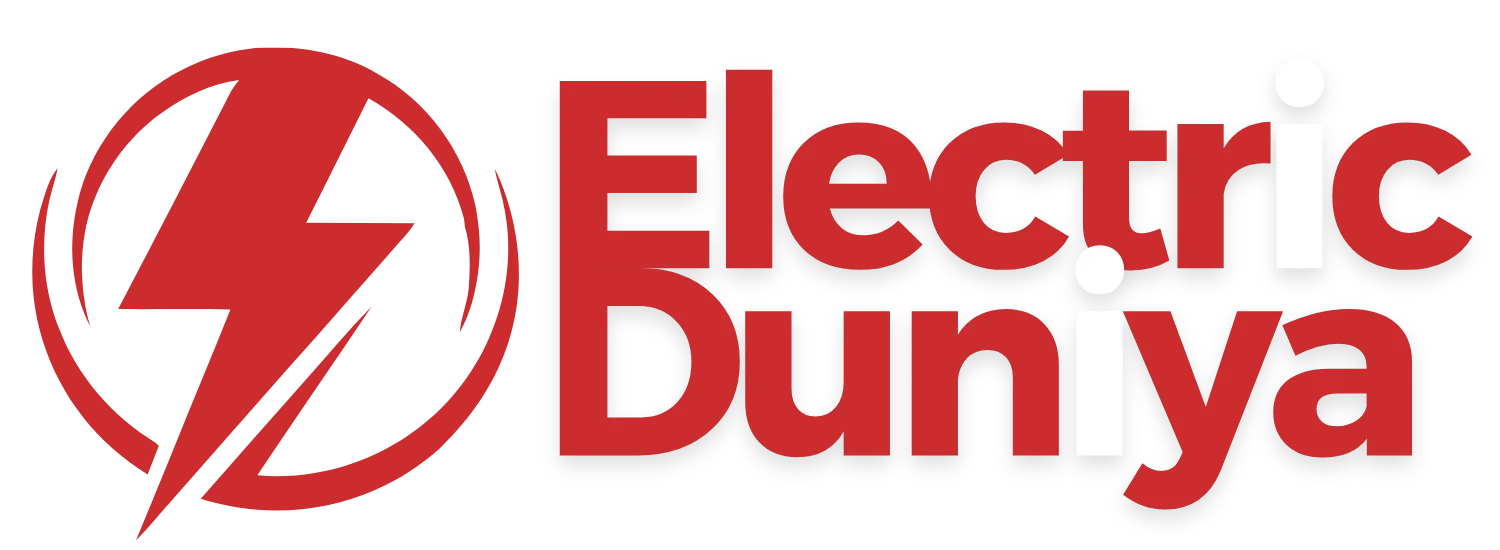I owned the Tata Nexon EV from last year, I drove the car every day with issues and long trips.
The regenerative braking in the Tata Nexon EV is the latest technology. I used this technology many times and understand how can regenerative brakes help to improve the driving experience.
The regenerative brakes of Nexon EV have also some drawbacks that you should be aware of.
In this blog, I will explain you benefits and drawbacks of the regenerative braking system in Tata Nexon EV.
You’ll get the idea, of how regenerative braking works, and important features to improve driving efficiency and performance.
Regenerative Braking in Nexon EV
Regenerative braking is a system that gathers the kinetic energy lost during braking and converts it into electrical energy.
In this process, the electric motor works in reverse to decelerate the vehicle. This process generates electricity that gets stored in the battery of the vehicle.
In the Tata Nexon EV and most EV cars, regenerative braking is designed to improve energy efficiency and increase the range of EVs.
In this technology, the electric motor acts as a generator. This offers an efficient driving experience compared to traditional braking systems.
How Do Regenerative Brakes Work?
The expert told me that the Tata Nexon EV has a sophisticated regenerative braking system. You are able to customise it as per driving preferences.
1. Deceleration
When the driver lifts their foot off the accelerator pedal or applies the brakes, the electric motor switches to generator mode.
This mode absorbs the energy that is lost during braking and converts it into electrical energy.
2. Energy Storage
The generated electricity is directed back into the battery. This recharges the battery and enhances the overall efficiency.
3. Adjustable settings
The braking expert told me that Nexon EV provides different levels of regenerative braking. By this, the drivers can adjust intensity based on their driving style and road conditions.
He further told me that I can control adjustability through settings in the infotainment system or physical controls on the steering wheel.
If you’re looking for an even smoother experience, you can try one-pedal driving in the Nexon EV, which makes driving even more efficient by using regenerative braking to slow down the vehicle.
Benefits of Regenerative Braking in Tata Nexon EV
1. Improved Efficiency and Range
Regenerative braking enhances the efficiency and range of the Nexon EV.
By recapturing energy that can be lost, the driving range increases. Such a braking system is good for city driving. In city driving, we use more braking.
2. Reduces Brake Wear
Regenerative braking decreases the reliability of conventional friction brakes. This reduces wear and tear on brake components.
This method leads to lower maintenance costs. You do not do replacements to a greater extent.
3. Smoother Driving Experience
Regenerative braking provides a smoother and more controlled deceleration.
Drivers can experience a transition between acceleration and braking. This leads to a comfortable ride.
4. Increased Control
The expert told me at the time of purchase that I could adjust the level of regenerative braking.
He further added that I can customise my driving experience.
With higher regenerative braking settings, you can make driving easier
For highway driving, you can lower the settings.
5. Additional Benefits
The regenerative braking in the Tata Nexon EV reduces wear on traditional braking components. This lowers maintenance costs.
Regenerative braking gives a smoother deceleration experience. This leads to a more controlled and comfortable driving feel.
By recovering energy that would otherwise be lost, it increases the performance of the EV.
Drawbacks of Regenerative Brakes in Nexon EV
1. Learning Curve
New drivers may require some time to adjust to the regenerative braking system.
This generally happens if they are used to traditional braking methods.
The deceleration effect looks different and may require time to adapt.
2. Battery Health
While regenerative braking is useful for battery health, excess use of high regenerative braking may lead to uneven battery usage.
You need to monitor battery health and performance.
3. Limited Effect
Regenerative braking may be less effective in certain conditions of driving. The expert was straightforward in telling me this.
This generally happens during steep declines or in case of excess driving. The conventional braking system is more suitable in such conditions.
4. Additional Drawbacks
One notable drawback of the regenerative braking system of Nexon EV is that it can sometimes feel less intuitive when you compare it to traditional braking systems.
The expert told me that this lesser experience with this braking system leads to a lower smooth driving experience in case the driver is not used to it.
The effectiveness of regenerative braking can also minimize as the battery nears full charge This limits its potential to slow down the vehicle and recover energy.
In case of low-speed or stop-and-go traffic, the system may not provide sufficient deceleration, Because of this, you need more frequent use of the conventional brakes, which increases wear and maintenance costs.
The regenerative braking system may also affect the handling dynamics of Nexon EV. The reason is that it can change the distribution of braking force which affects driving stability.
Since the regenerative braking system is complex, it may lead to higher repair costs in case of malfunctioning. Although, this does not happen often.
Final Thoughts
Regenerative braking in the Tata Nexon EV is a significant advancement in electric vehicle technology.
Overall, the choice of regenerative braking in Nexon EV is a good choice for you. You can still decide the type of braking system you want in case you are an interstate driver frequently.
I find regenerative braking a good choice in my Tata Nexon EV.







